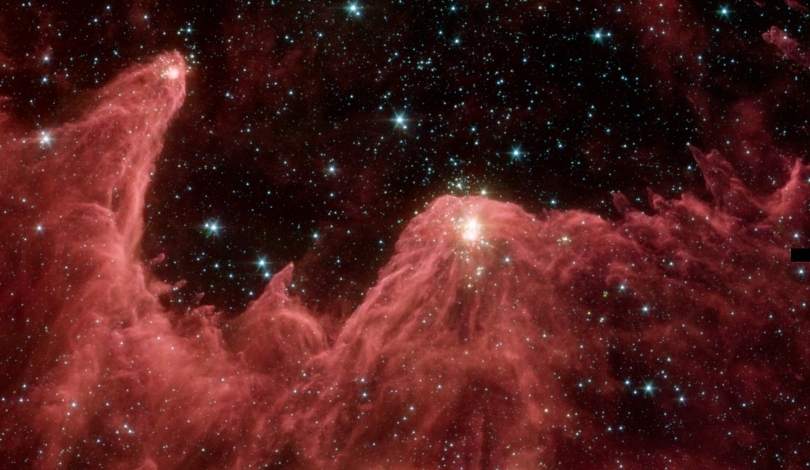The Event Horizon Telescope (EHT) has brought a vision once considered science fiction into reality by resolving the event horizons of black holes. Now, astronomers are preparing for the next iteration of the EHT. This upcoming version will feature more telescopes and operate at multiple frequencies, potentially capturing the light ring encircling the black hole at the center of the Milky Way. Such advancements could deepen our understanding of these enigmatic cosmic structures.
Expanding Capabilities
Researchers envision the next-generation EHT surpassing the capabilities of its predecessor. This enhanced system will utilize interferometry to integrate ten additional radio telescopes, resulting in significantly higher resolution. The technology will allow the EHT to observe in three frequency bands simultaneously: 86, 230, and 345 GHz. Enhanced data transfer protocols will also facilitate quicker data processing, improving our ability to observe phenomena like the photon rings around black holes.
The concept of using a global network of telescopes to act as a single Earth-sized radio telescope has already been proven effective in previous EHT projects. By uniting these telescopes, scientists can achieve the resolution necessary to study the intricate details of black holes. The new EHT aims to build on this foundation, providing even clearer images and more detailed data.
Scientific Milestones
Studies conducted on the supermassive black holes at the centers of M87 and Sagittarius A have suggested that these entities have magnetically arrested accretion disks. These disks feature irregular spiral streams and vertical magnetic fields, which play a key role in the formation of jets. Using the enhanced sensitivity and resolution of the new EHT, researchers hope to detect photon rings, which are light paths bent into circular orbits by the black hole’s gravity.
The paper by Kaitlyn M. Shavelle and Daniel C. M. Palumbo from Princeton University and Harvard & Smithsonian, respectively, supports these enhancements. Their simulations indicate that the next-generation EHT’s improved sensitivity will be pivotal for detecting these elusive photon rings. Higher processing capabilities, while beneficial, are deemed secondary to the increased sensitivity in achieving clear observations.
Historically, the EHT has achieved significant milestones, including capturing the first image of a black hole’s event horizon in 2019. This image of the M87 black hole provided unprecedented insights into these cosmic phenomena. However, the new EHT aims to delve even deeper, potentially achieving real-time observations and contributing to a more comprehensive understanding of black hole mechanics.
Past studies primarily focused on the event horizon and the general structure of black holes. The next-generation EHT will shift its focus to the photon ring, an area just outside the event horizon where light orbits the black hole. This shift represents a significant advancement in our observational strategy, enabling scientists to study the physical conditions and processes occurring in these extreme environments.
The next-generation Event Horizon Telescope represents a significant step forward in observational astronomy. By enhancing the network with additional telescopes and advanced technology, the EHT will be able to capture unprecedented details of black holes. The focus on the photon ring, in particular, could provide valuable insights into the anatomy and behavior of black holes. Researchers anticipate that the increased sensitivity and resolution will be crucial in revealing these cosmic mysteries, making it a vital tool for future astronomical studies.










